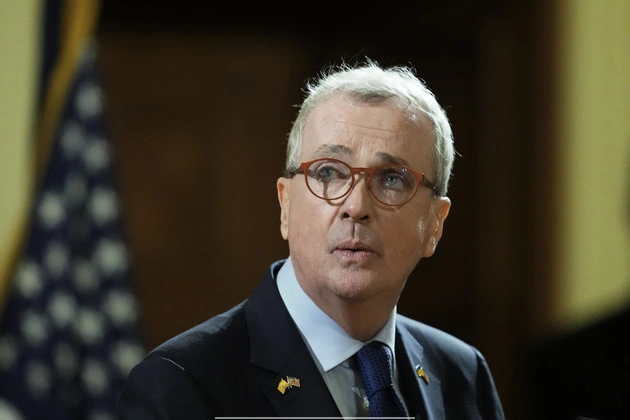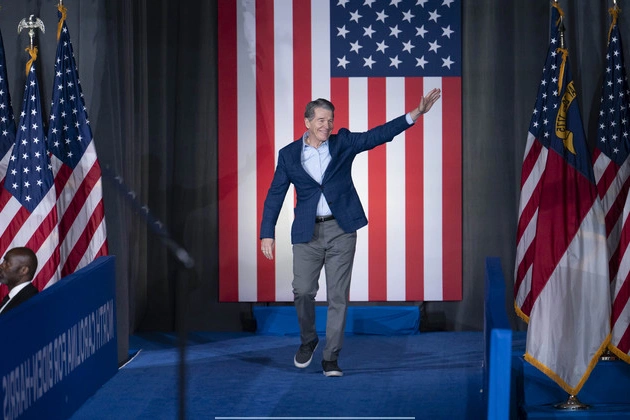
House Democrats face a new dilemma as President-elect Donald Trump and House Republican leaders propose extending the federal debt limit, potentially averting a default in the first part of Trump’s second term.
The newly revised continuing resolution, up for a House vote, mirrors what Democrats have long advocated for: a debt ceiling suspension through Jan. 30, 2027, without corresponding spending cuts.
Initially intrigued by Trump’s suggestion to eliminate the borrowing limit, some Democrats, like Rep. Rosa DeLauro and Sen. Elizabeth Warren, voiced support. However, as Republicans unveiled a short-term pause tied to funding measures that omitted key Democratic priorities, opposition mounted.
The abrupt shift stemmed from recent tensions with Republicans over government funding and relief efforts, eroding trust in negotiations. Democrats emphasized the need for a bipartisan approach to maintain government operations and address financial challenges.
House Minority Leader Hakeem Jeffries firmly rejected the proposed debt limit extension, signaling Democratic unity against GOP tactics that could impact social security benefits.
Despite the urgency to avert a government shutdown, Democrats urged Republicans to uphold prior agreements and cease creating unnecessary crises. The broad Democratic resistance suggests the upcoming vote, requiring a two-thirds majority, is likely to falter. Conservative House Republicans also align with Democrats in opposing debt ceiling adjustments.
This scenario sets the stage for renewed negotiations between Trump, House Speaker Mike Johnson, and the opposition party to determine the terms for raising the debt limit.















